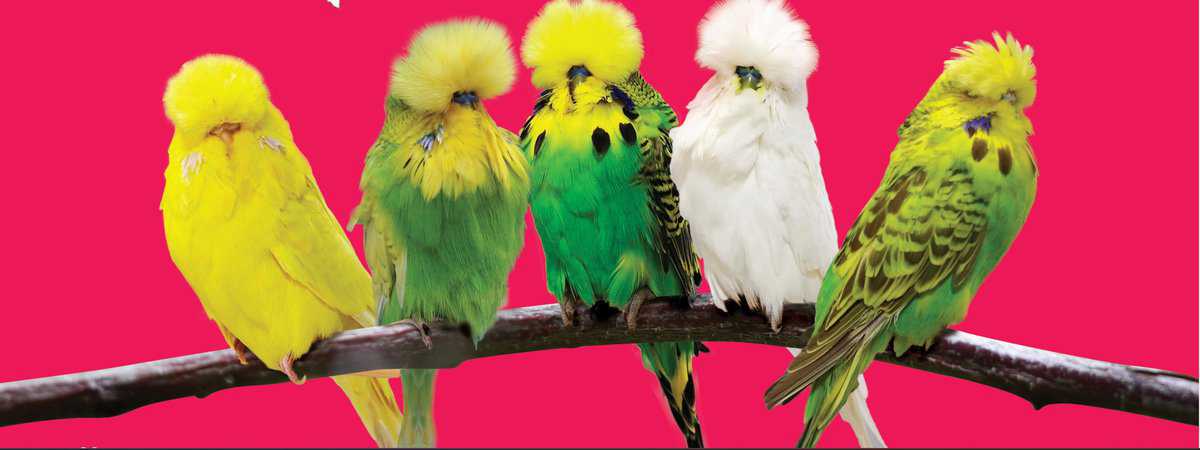The Budgerigar Council of South Australia has put together a guideline for pet budgies. They’re also known as parakeets or Budgerigars. Pet owners all over the globe are fascinated by these chirpy, small birds. Budgies are a small bird that has earned itself a reputation for being affectionate, intelligent and engaging. It ranks just behind the popular dog and cat.
It is important to first comprehend the needs and preferences of this beautiful bird. This guide will equip you with all the details you require to live the best possible health and happiness for you and your pet.

A Tiny Social Butterfly
Budgies are social animals that thrive on companionship. In the wild, they are in large groups, always chirping each other and interacting. While a single bird can connect with its human, particularly with lots of affection and affection, they should always have a feathered companion. If you’re unable to manage two birds, then you should take time with just one bird to prevent lonely.
Chatterboxes With A Flair For Mimicry
One of the most adorable characteristics of a pet Budgie is their ability to mimic sounds. Through training and perseverance, budgies will learn to mimic sounds and speak phrases. They’ll also add a fresh dimension of fun to their chirps and whistles. The vocabulary of budgies could differ. Some budgies will become chatterboxes, whereas others prefer to whistle. Their playful vocalizations will bring joy to your face regardless of how adept they can talk.
Rainbow on Wings
Budgies are available in a broad range of shades. They are as basic as light blue, yellow or green tones as well as more vibrant shades of white, violet, and green. Breeders have created a myriad of mutations throughout time, so you’re bound to find a feathered friend that matches your style. Color changes can signal age and sex in birds which is why they make an excellent topic for conversation.
In a small space, you can enjoy a spacious space. a small area
Even though budgies may be tiny, they require plenty of room to roam, fly and climb. The minimum size for cages is 20 inches in length and 12 inches deep and 18 inches high. However, bigger is better! To keep your pet entertained you can provide perches of various heights or textures. Change their toys regularly to prevent boredom. It is beneficial to expose the cage to sunshine, but never expose it to bright sunlight for long durations.
A Budgie-approved Diet
A nutritious diet for budgie birds is comprised of pelleted food items that have been specially designed for small parrots. It gives them all the nutrition they require to thrive. In addition, they can supplement their diet with fresh fruits and vegetables like chopped vegetables, leafy greens and apples (be certain to take out the seeds). A cuttlebone is a must-have to ensure their beaks are kept trim and also providing vital minerals. Always ensure they have clean drinking water that is fresh and safe to drink.
Forming a bond with your bird friend
It takes time and patience to tame an avian. Begin by gently stepping up to the cage while talking to your bird. You can establish trust by providing millet or other treats through the bars of the cage. Once your budgie feels comfortable in your presence, you may try to get inside the cage and allow them to perch on your finger. Be patient, but don’t be insistent. The process can take a couple of weeks or days.
A Lifetime commitment
With proper care they can last from up to 12 years. Be sure to consider your lifestyle, and whether you’re willing to commit for the long haul. Do you have the capacity to provide them with daily interactions and a safe atmosphere that is stimulating and clean? If you can it, then a pet budgie could be an animal friend that will enrich your life, with playful and playful chirps. Click here for Budgie Bird
The Budgerigar Council of South Australia encourages responsible ownership of animals. Ask an avian vet assistance if you have any concerns or questions regarding the care of your bird’s friend.